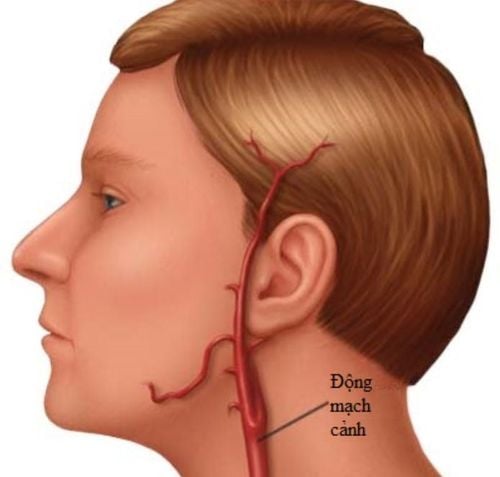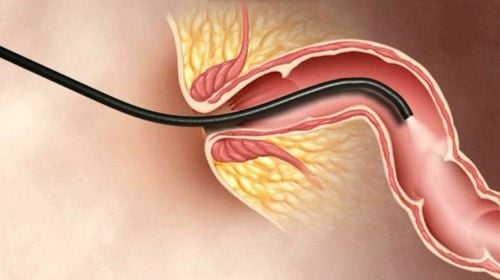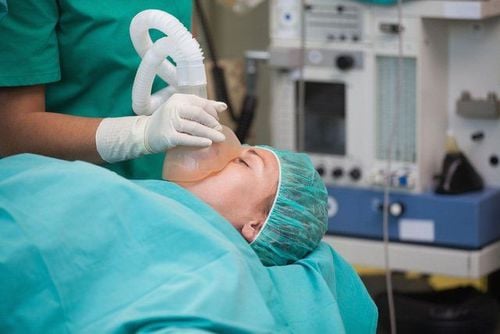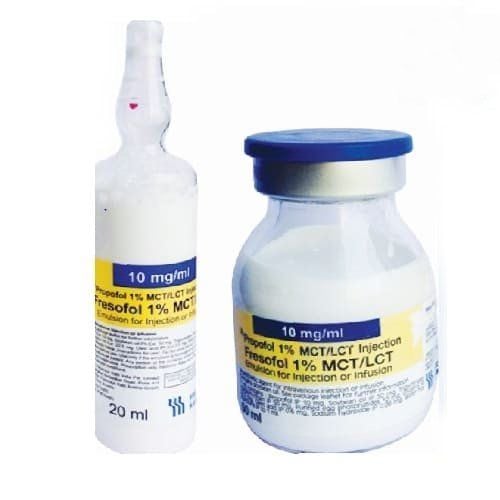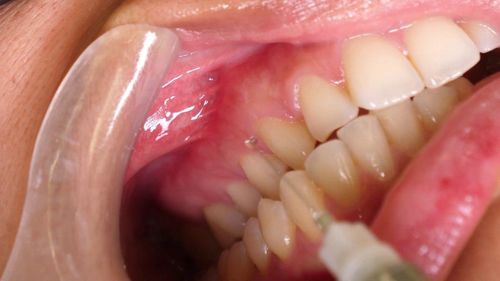This is an automatically translated article.
The article was professionally consulted by Specialist Doctor I Nguyen Duc Thong - Anesthesiologist - General Surgery Department - Vinmec Danang International Hospital. The doctor has 14 years of experience in the field of Anesthesia.Cranial overlap surgery, craniofacial stenosis is used for shaping to widen the skull. This case is usually applied to patients with increased intracranial pressure leading to headache and nausea.
1. Anesthesia for craniotomy, skull stenosis is indicated in which cases?
Cranial overlap surgery is often indicated for patients with craniosynostosis or craniocervical stenosis causing increased intracranial pressure.2. When is anesthesia contraindicated for craniotomy, skull stenosis?
Although there are no cases of absolute contraindications for the surgical technique of anesthesia for overlapping skull joints, skull stenosis. But there are some cases of relative contraindications such as the patient disagreeing, the hospital's facilities do not have enough facilities for anesthesia and resuscitation, or the operator is not technically proficient in anesthesia for craniotomy, narrow skull.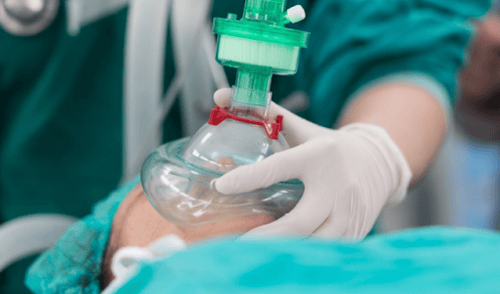
3. What do patients need to prepare before performing anesthesia for surgery on craniosynostosis, skull stenosis?
Before performing anesthesia for craniotomy, skull stenosis patients will be examined before surgery to detect and prevent possible risks; Treatment of comorbidities, if any. At the same time, the doctor will explain the procedures of anesthesia-surgery to make the patient feel secure and easier to coordinate.The patient is then assessed for the risk of difficult intubation. Patients can use sedation the night before surgery if needed.
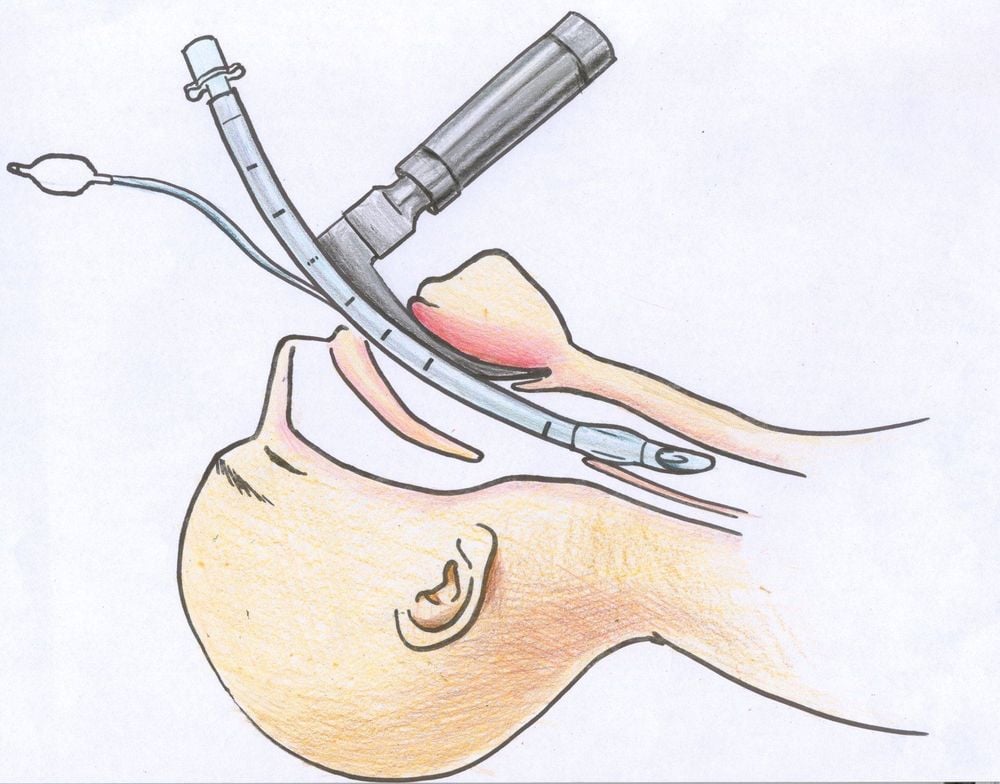
4. Steps to perform Anesthesia for skull overlap surgery, skull stenosis
Step 1: General stepsThe patient will be placed in a supine position, breathe in a 100% oxygen tank 3-6 l/min and perform at least 5 minutes before the induction of anesthesia.
Then proceed to install the monitor and establish an effective line for the patient and then proceed to induce anesthesia. The process of induction of anesthesia can use drugs that are:
Sleeping pills such as intravenous anesthetics (propofol, etomidate), volatile anesthetics (sevofluran, desfluran..). Analgesics such as sufentanil, fentanyl... Muscle relaxants such as rocuronium, vecuronium.... Step 2: Intubation technique
When the patient sleeps deeply and has enough muscle relaxation, endotracheal intubation can be carried out windpipe.
Oral endotracheal intubation
First insert the laryngoscope to the right of the patient's mouth, move the tongue to the left, and push the light deeper. Simultaneously, the right hand should coordinate to press the cricoid cartilage to find the epiglottis and glottis.
The endotracheal tube will be gently inserted into the glottis, this operation is stopped when the endotracheal tube passes through the vocal cords 2 - 3 cm.
After completing the intubation, the doctor will gently withdraw the laryngoscope and inflate the endotracheal balloon. Finally check that the position of the endotracheal tube is correct, the test is done by listening to the lungs and imaging EtCO2 waves. If the position is correct, secure the tube with tape and place the cannula in the mouth to avoid biting the tube if necessary.
Intubation by nasal passage
With the side of the nose to place the tube, it is necessary to drop a vasoconstrictor drug such as naphazoline, otrivin... The doctor chooses a smaller endotracheal tube size compared to the oral route and inserts the tube. lubricated endotracheal tube through the nostrils. The next steps are similar to the oral method of endotracheal intubation. The doctor inserts the laryngoscope into the right side of the mouth, moves the tongue to the left, pushes the light deep, and coordinates with the right hand to press the cricoid cartilage to find the epiglottis and glottis. Pass the endotracheal tube gently through the glottis, repeat the operation when the balloon of the endotracheal tube passes through the vocal cords 2-3 cm. Using Magill pliers to adjust the tip of the tube to the right glottis, it is possible to push the endotracheal tube from the outside in difficult cases. Then remove the laryngoscope, inflate the endotracheal balloon, check the position and fix it with adhesive tape.
Step 3: Maintain anesthesia during surgery
The patient is maintained under anesthesia with intravenous anesthetic or volatile anesthetic in combination with analgesics and muscle relaxants. The patient's breathing is controlled by a ventilator. Regularly monitor the patient's vitals and depth of anesthesia through heart rate, blood pressure, sweating, lacrimation (PRST), MAC, BIS and Entropy, TOF, SpO2, EtCO2, body temperature. In case of endotracheal tube intubation in the wrong position or folded, blocked.
Only extubate the endotracheal tube when the patient is fully awake, clinically shown and monitored parameters of anesthesia, muscle relaxation.
Anesthesia for craniotomy, skull stenosis is a method of general anesthesia with endotracheal intubation to ensure the maintenance of breathing during the entire surgery. Therefore, patients should be prevented from the risk of reflux, avoiding drugs and movements that can increase intracranial pressure.
Vinmec International General Hospital is one of the hospitals that strictly applies safe surgical anesthesia practice standards according to international guidelines. With a team of experienced anesthesiologists and nurses, along with modern equipment such as nerve detectors, ultrasound machines, Karl Storz difficult airway control system, anesthesia monitoring system GE's comprehensive AoA (Adequate of Anesthesia) including monitoring of anesthesia, pain and muscle relaxation will deliver high quality and safety, helping patients to have adequate anesthesia, not awake, no residual relaxant muscle after surgery. Vinmec Health System is also proud to be the first hospital in Vietnam to sign with the World Anesthesiology Association (WFSA) towards the goal of becoming the safest hospital for surgical anesthesia in Southeast Asia.
Please dial HOTLINE for more information or register for an appointment HERE. Download MyVinmec app to make appointments faster and to manage your bookings easily.





